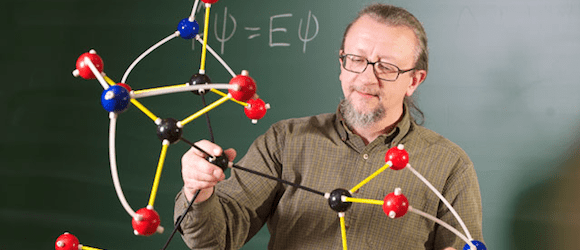Kenneth Boehr was doing the usual chemistry class, not expecting more than you would from any other ten year old students. The same for Clara Lazen, one of his students, who started working on a molecule building kit, while looking at the periodic table she was handed; she handed her teacher a model constructed from oxygen, nitrogen, and carbon atoms, and asked if she’d made a real chemical or not – and the teacher was stumped. It was unlike any other molecule he had ever seen before, but it looked correct from every point of view. So he took a picture and sent it to an old college buddy of his, Robert Zoellner, professor of chemistry at Humbolt State University.
The results were quite amazing, for everybody. As it turns out, Clara Lazen put together an entirely new, viable molecule, which on top of all, can actually be synthesized in a lab, showing some pretty practical applications too. Tetrakis(nitratoxycarbon) methane, or tetranitratoxycarbon, as the molecule can be named (though the 10 year old would probably have a harder time spelling it than creating its model) has the potential to store energy, or be used as an explosive.
The only problem is, it has to be created first – something which Zoellner couldn’t do by himself. So he published a paper about its structure in Computational and Theoretical Chemistry, giving Clara co-author status, and inviting other researchers to create the molecule. What does she have to say about all this? Well, she has found a renewed interest for biology and medicine, and is thrilled she was given the chance to do something useful.










